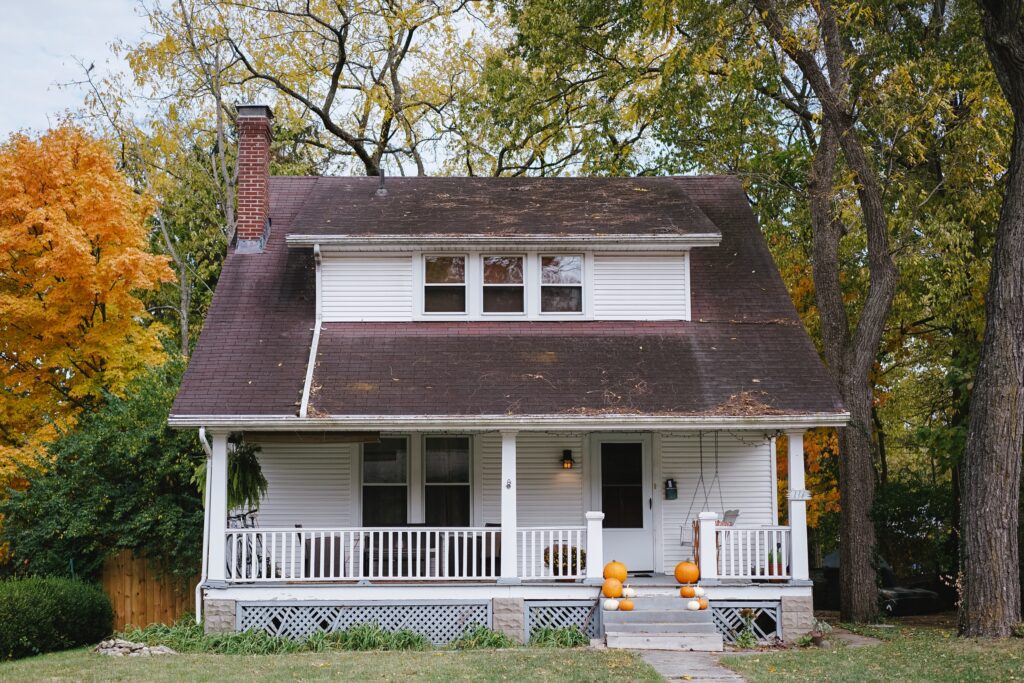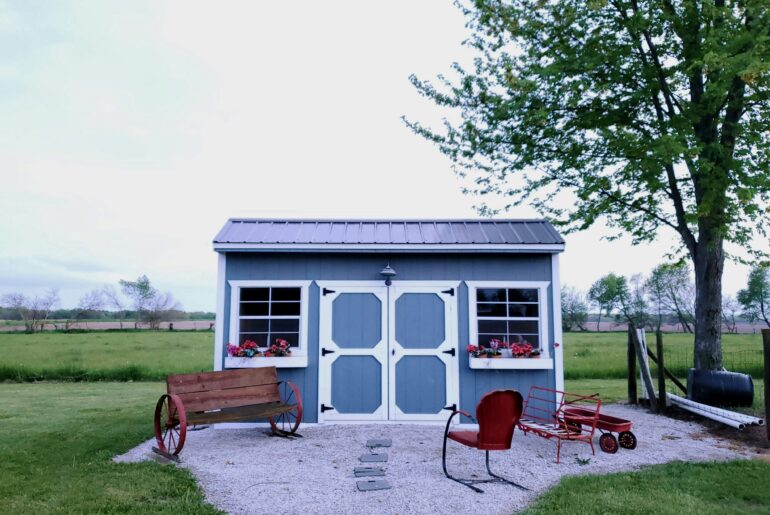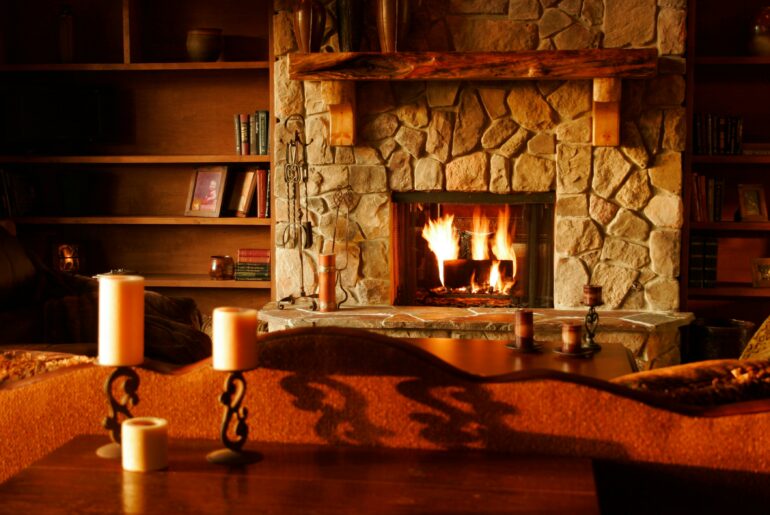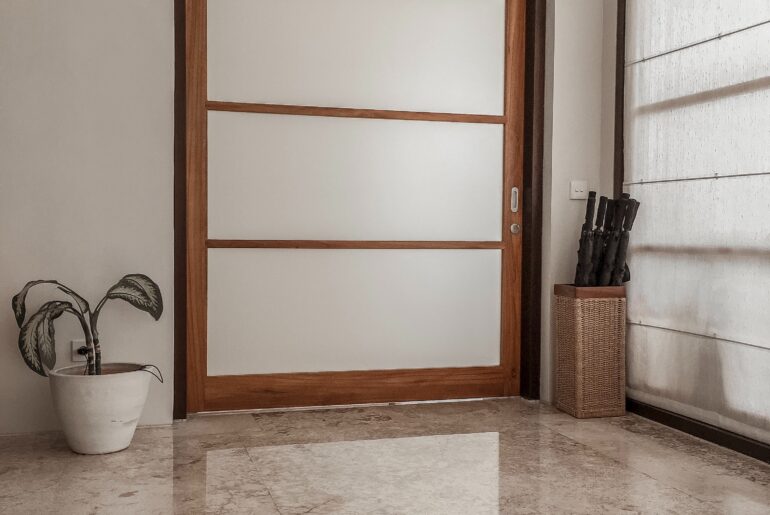Yes, you can use unfaced insulation in exterior walls, however, attention must be paid to whether, and where a vapor retarder is required within the wall assembly according to your climate zone.
Unfaced insulation is most commonly used in attics and crawlspaces, between floors, and as a sound and heat insulator in interior walls. Most unfaced insulation products are A-rated against fire too, but because they do not have an attached vapor retarder, such as kraft paper, they are not usually the first choice for external wall insulation.
Here’s when unfaced insulation is a good choice in your external wall.
Check Your Climate Zone
It is always a good idea to check local codes to decide whether unfaced insulation is ultimately a good choice for the climate zone in which your project is situated.
If you live within climate zones 1 through 4B, the good news is that we can recommend unfaced insulation in your new-build wall assembly, as it will mean achieving a permeability rating that will allow free drying of the wall.
Moisture and condensation are the enemy, and in warmer climate zones faced insulation can be used as a vapor barrier. Unfaced insulation, on the other hand, should allow any water content to evaporate easily.
Further up the climate chart, unfaced insulation can also be used in the wall assembly, as long as you are mindful as to where your vapor barrier is required.
In simple terms, a vapor barrier should sit on the warm side of the insulation to stop warm, moisture-laden air, from condensing on the cold side of the insulation. In the North, it should go on the inside of the building, while in the South, it should go on the outside, especially when the air-con is busy making a difference.
For more information on vapor barriers, check out this article.
Upgrading Your Wall Insulation
Many older homes do not have insulation installed that would meet the current code. Adding unfaced insulation, either internally, between the wall studs, or externally, below the siding, will improve the energy efficiency of your home.
What Can Go Wrong with Faced and Unfaced Insulation?
If the existing insulation is already faced, adding another layer of the same-faced insulation product will likely result in moisture issues.
Problems can occur when faced fiberglass or batt insulation is layered within a wall, perhaps to make up thickness, or when the insulation purchased is not deep enough for the wall assembly.
In any wall assembly that requires a vapor barrier, or retarder, there should only ever be one. Two barriers within the wall assembly will most probably lead to condensation and the growth of mold.
Upgrading existing exterior wall insulation with unfaced insulation will ensure that the movement of moisture is unimpeded.
Foam Board and Unfaced Batt Insulation?
If you are wrapping the house sheathing with foam board insulation, then be aware that fitted correctly, foam board makes a very good vapor barrier. Unfaced insulation should then be used between the wall studs on the interior of the external walls.
In this way, the wall assembly will dry to the interior of the house. Adding faced insulation would trap moisture within the wall, giving perfect conditions for mold and mildew to thrive.
You can use foam board internally, between the wall studs, sealed with low-rise spray foam to create an air seal, in which case you could use unfaced batt insulation to fill any remaining depth of cavity below the drywall.
Flash and Batt Unfaced Insulation Method
Flash and batt is the term sometimes given to the method of insulation that sees closed-cell spray foam insulation used on the interior of the house sheathing to create an air seal. Unfaced batt insulation is then used to cover the spray foam.
It can also be used to describe the aforementioned layering of foam board and unfaced batt insulation.
Using either method can help to enhance the flame resistance of the wall assembly, the unfaced batts providing a level of protection to the spray foam. This can be used in conditioned areas that are not living spaces, such as a crawl space where a drywall finish is not required.
Flash and batt can be a more economical method of attaining an air seal with a high R-value in external walls when building new too. The spray foam, closing up every tiny gap, coupled with the unfaced insulation batts also gives an enhanced level of sound deadening not achievable with the use of closed-cell spray foam alone.
Unfaced External Continuous Wall Insulation
Wrapping a home in continuous insulation below the siding can improve the R-value of your property and the fire resistance too. Using unfaced mineral wool, which is moisture and pest-resistant, is a good call.
Install it between the vapor barrier and the siding where it will maintain its R-value insulating performance as it won’t absorb moisture should any penetrate the rainscreen.
Unfaced Insulation and Air Seals
Faced or unfaced insulation products do not deliver an air seal, although some products may have good resistance to wind and airflow. A good air seal stops the migration of air through an external wall and does a different job than a vapor barrier.
A competent, continuous air seal will stop water molecules from entering the wall assembly in the first place. A report from the US Dept. of Energy states that air movement can account for 98% of water vapor in your walls.
With this in mind, if you are using unfaced insulation in your external walls, then ensuring that your house wrap is properly specified and fitted is all-important. Sealing the joints with high-performance tape is recommended.
What Unfaced Insulation Can I Use?
Fiberglass Batts
Dimensionally far more stable than previous fiberglass products it can be friction fit between wall studs. Ideal for installation between wall studs on a new construction project.
Mineral Wool Batts
Fire-proof, with a melting point in excess of 2000°F, it is moisture resistant and does not promote the growth of mold. Ideal for continuous insulation below your siding.
Wood Fiber Batts
Used throughout Europe for more than two decades, wood fiber batts are fairly new to the market in the USA. An ideal all-round unfaced insulation product with excellent eco-friendly credentials.





